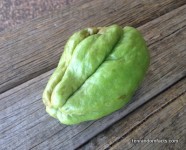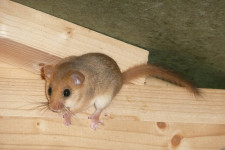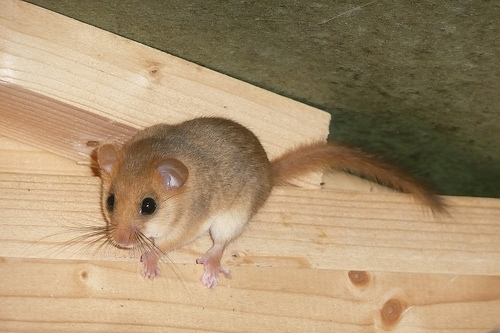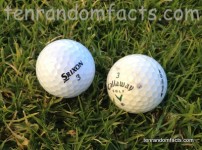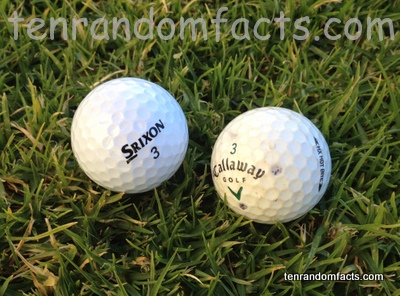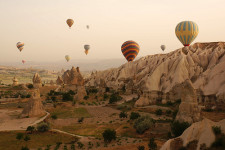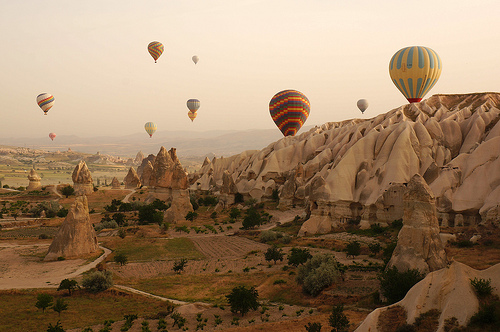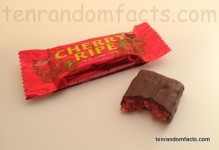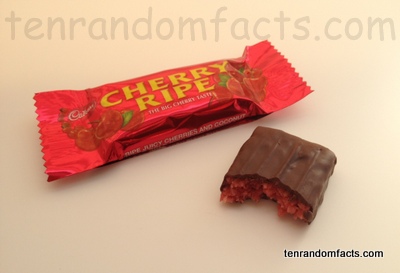
Multiple Sclerosis is an unavoidable and often invisible disease.
- Multiple sclerosis is a progressive disease that can affect the spinal cord, optic nerves and brain, brought about by lesions or scars from inflammation in those areas.
- The actual cause of multiple sclerosis is not known at this stage, but it is possibly caused by a virus or bacterial agent combined with a genetic tendency that causes immune problems, and smoking is said to increase the risk.
- Multiple sclerosis damage most likely occurs from the body’s immune cells attacking parts of the central nerve system.
- ‘Multiple sclerosis’ is also known as ‘MS’, ‘disseminated sclerosis’ and ‘encephalomyelitis disseminata’, and ‘sclerosis’ comes from the Greek word ‘skleros’ meaning ‘hard’.
- Those with multiple sclerosis typically have a few symptoms, but not generally numerous, that vary from person to person, and can including fatigue, eye problems, coordination issues, pain, speaking difficulties and malfunctioning sensations.
People affected by Multiple Sclerosis Image courtesy of Dominik Golenia/Flickr
- There are four different types of multiple sclerosis, from most common to rarest, relapsing-remitting, primary-progressive, secondary-progressive (this has become less common due to new medications) and progressive-relapsing.
- Women are more than two times more likely to be affected by multiple sclerosis than men, while people of European descent are also more susceptible.
- There were roughly 2.5 million people in the world with multiple sclerosis in 2010, with the number of new cases rising by 4% annually.
- Multiple Sclerosis doesn’t have a known cure, although there are some medications and therapies that can stall symptoms of the disease.
- Multiple Sclerosis was first detailed as a disease by French Jean-Martin Charcot, a neurologist, in 1868.
Bibliography: Multiple Sclerosis, 2014, Wikipedia, http://en.wikipedia.org/wiki/Multiple_sclerosis
What is MS?, 2014, MS Queensland, http://msqld.org.au/about-ms/what-is-ms






